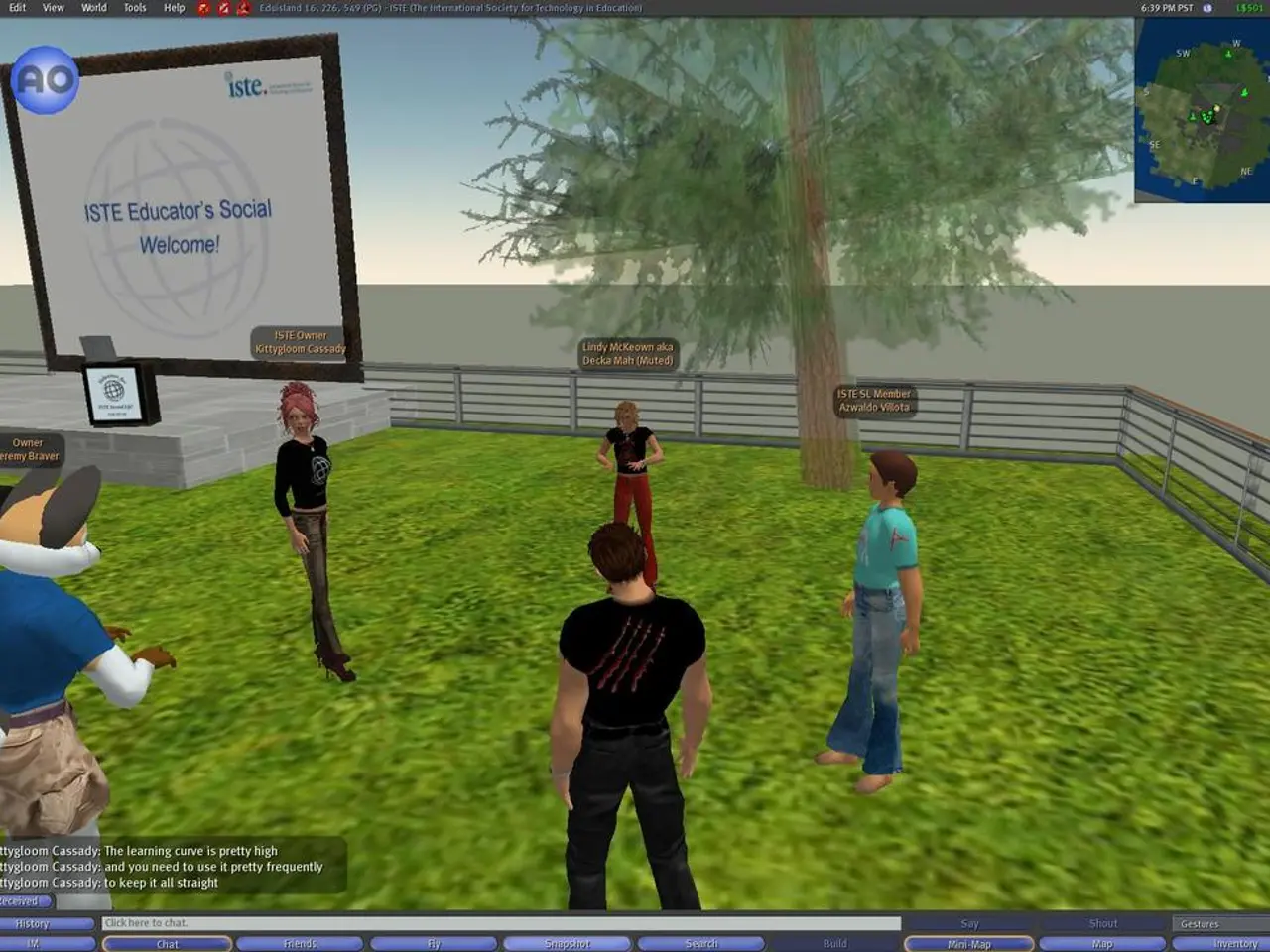Geographic Mapping with Plotly in Python through Choropleth Maps
Plotly is a popular Python library used by data scientists for creating interactive data visualizations. One of the visualizations available in Plotly is Choropleth Maps, which are used to plot maps with shaded or patterned areas proportional to a statistical variable.
To create a choropleth map in Python using Plotly, you mainly need three key components: geographical identifiers, numerical values, and optionally, a GeoJSON file for custom boundaries.
Geographical Identifiers and Numerical Values
The first step is to gather geographical identifiers and corresponding numerical values from your dataset. Geographical identifiers can be state codes, country codes, or region names, while numerical values can represent variables like unemployment rates, population counts, or any other relevant data.
For example, let's create a choropleth map of US Agriculture Exports by USA in 2011. We'll need a list of US states as our geographical identifiers and the corresponding agricultural export values for each state.
Location Mode
Next, you'll need to specify the type of geographical identifiers you're using. For US states, you can set to . For country codes, you can use .
Color Scale
You can also choose a color gradient for shading regions on the map. Plotly supports various color scales, such as .
Creating the Choropleth Map
Now, you can create a figure with a trace, passing the above inputs.
Customizing the Layout
Optionally, you can customize the layout of your map by adding a title, changing the map scope, setting the lake color, and adjusting the figure size.
Displaying the Map
Finally, you can display the map with .
This example creates a U.S. choropleth map shading California, Texas, and New York based on the specified values.
For maps outside common built-in scopes, you'll need a GeoJSON file defining your regions to customize boundaries. Data cleaning and matching region names exactly as per GeoJSON or Plotly’s expectations is important for accurate mapping. Plotly supports different scopes beyond USA, such as world countries using ISO codes. You can resize the map using .
This straightforward method leverages Plotly’s powerful interactive mapping capabilities to visualize any regionally distributed data effectively.
To create a choropleth map of US Agriculture Exports by state in 2011 using Plotly, we first gather geographical identifiers (like state names) and numerical values (agricultural export values for each state) from our dataset. Using technology and data-and-cloud-computing tools, we'll initialize a trie data structure to efficiently manage state region names and associated data. This approach allows for easy handling of large datasets and rapid data retrieval for creating the final visualization.




